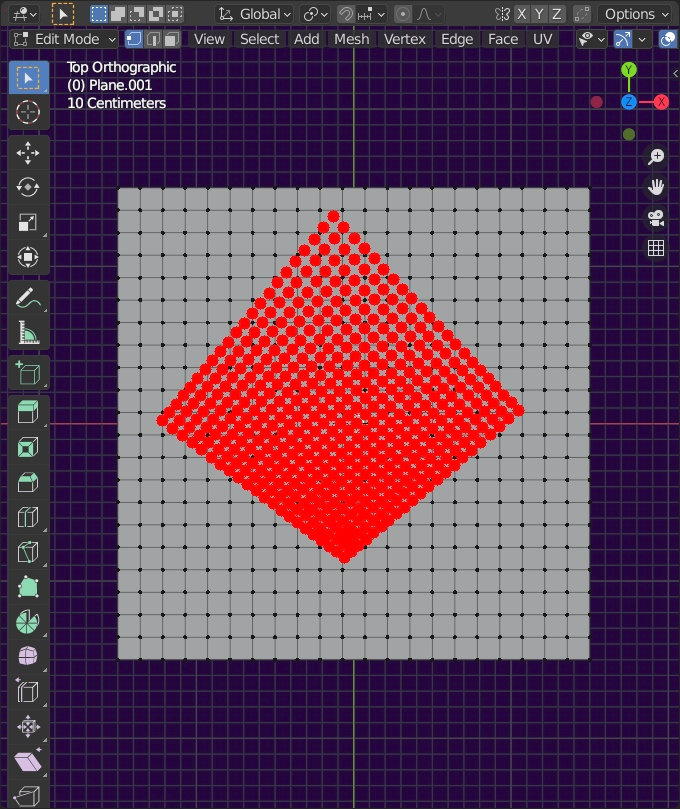Is it possible to get the screen XY coordinates in viewport for a vertex in orthographic view?
I get pixel locations as per a previous answer like this:
co2d = []
for v in cloth.data.vertices:
p = bpy_extras.object_utils.world_to_camera_view(scene, camera, v.co)
xy=list(p)
xy[0] = xy[0] * 680
xy[1] = xy[1] * 809
co2d.append(xy)
(image width and height hardcoded here)
Where the camera is defined here:
def area_view_3d():
areas = [a for a in bpy.context.screen.areas if a.type == "VIEW_3D"]
if not areas:
return
return areas[0]
camera = area_view_3d().spaces[0].camera
but when I take the resulting coordinates and map them onto the screenshot it looks like this:
Clearly I get something that looks like coordinates, but isn't what I want.
What is it that I am getting wrong?



ob.matrix_world @ verr.co$\endgroup$